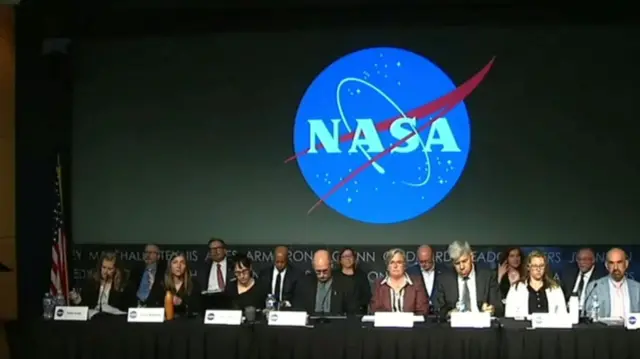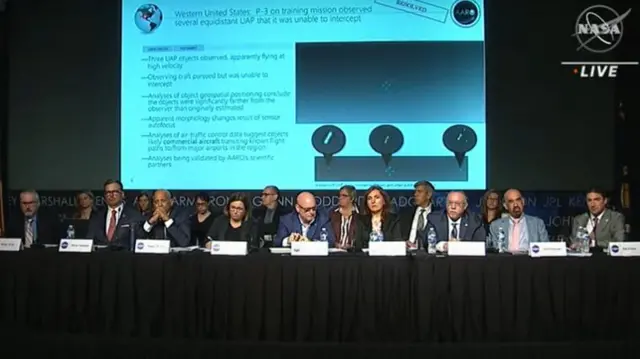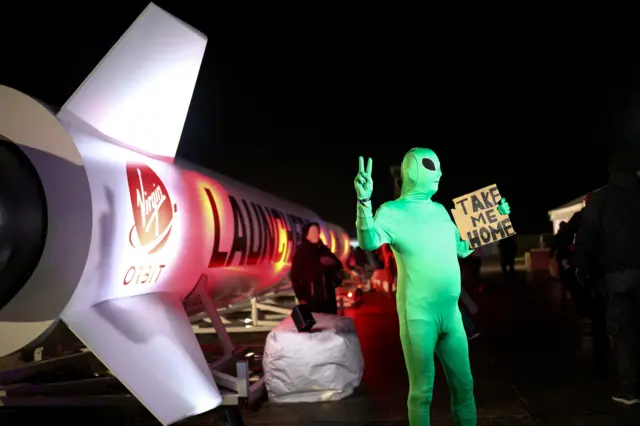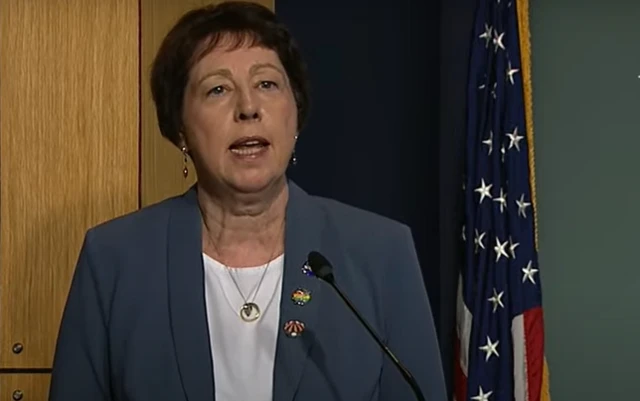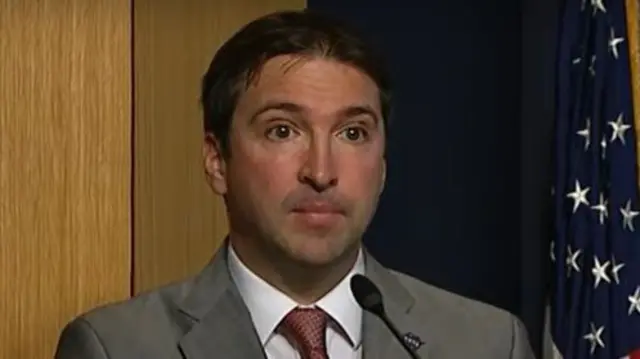'It's something that is doing something weird' - science journalistpublished at 17:54 BST 31 May 2023
Drake says a key question in the report has been to define what it is scientists are actually looking at.
She says it's a "very slender needle in a very big haystack", and that the All-domain Anomaly Resolution Office (AARO) has collected "about 800 events over about 27 years".
About 2.5% of those events "display signatures that could be described as anomalous," she says, adding that's defined as anything that's not readily understandable by "the operator or the sensor".
Essentially "something that is doing something weird", she tells the room with a smile.
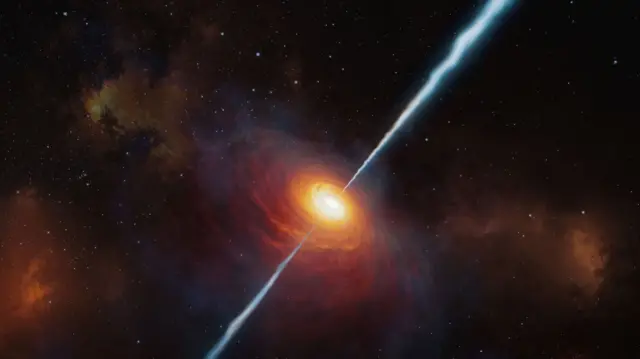 Image source, University of Sheffield
Image source, University of Sheffield